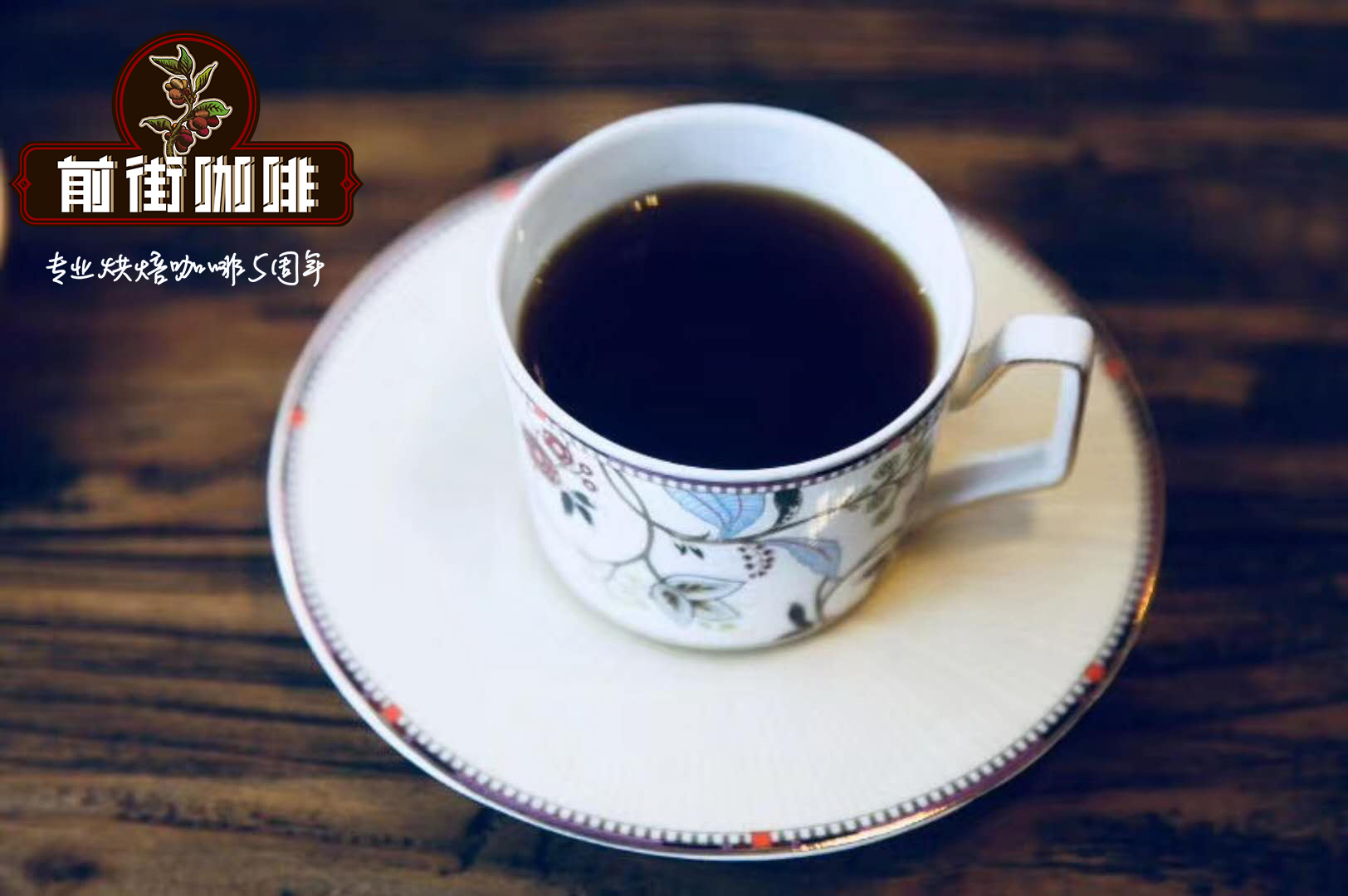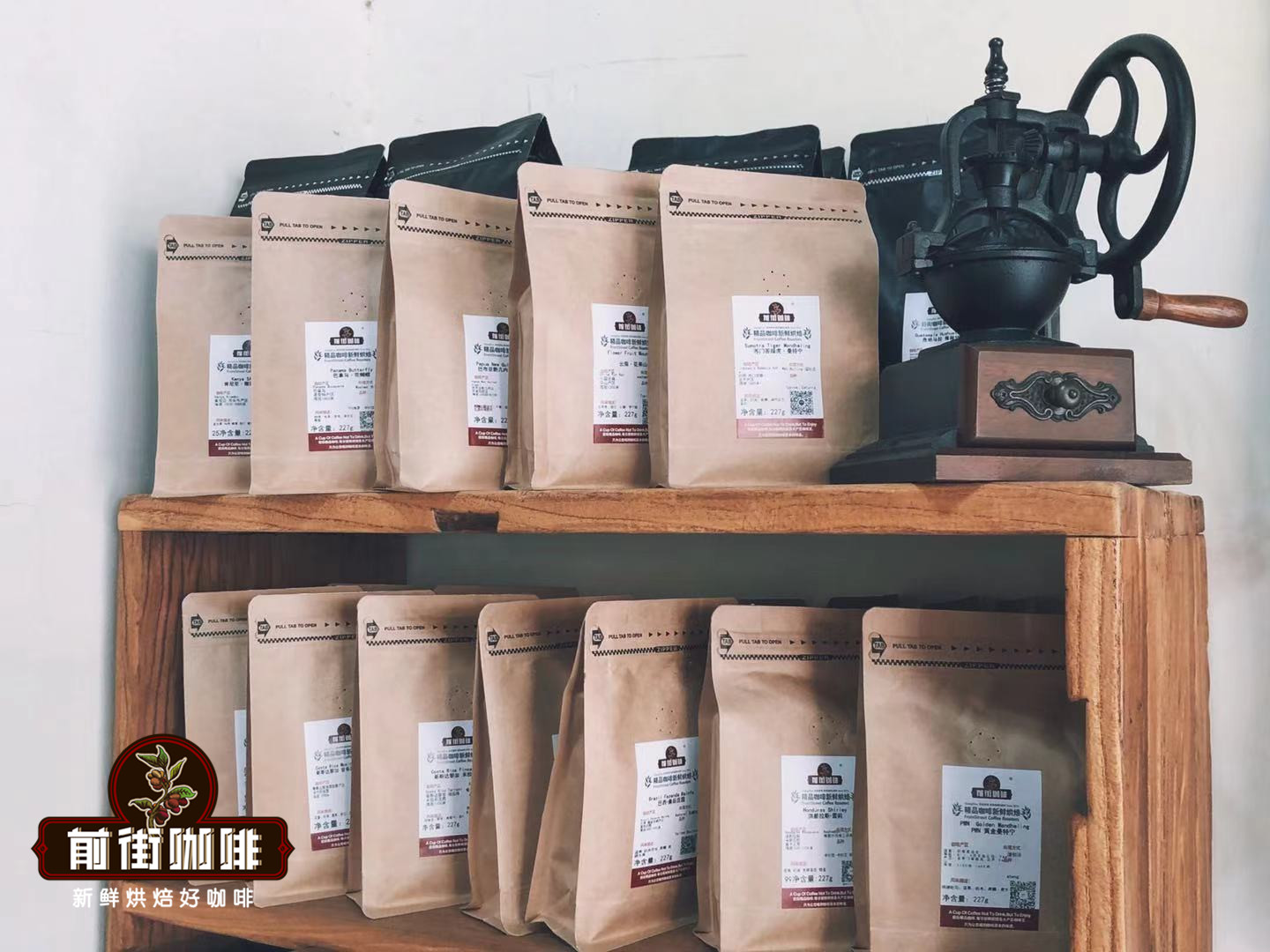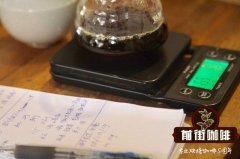What's the flavor of Java Arabica coffee? Recommended drinking method of Java Arabica coffee

Professional coffee knowledge exchange more coffee bean information please follow the coffee workshop (Wechat official account cafe_style)
Among the coffee-producing countries, Indonesia is a very noteworthy one. Indonesia is an island country in the Indian Ocean, the islands are distributed on both sides of the equatorial line, of which three islands: Java, Sumatra, Sulawesi, produce the world's important coffee
Java coffee was brought to Indonesia by the Dutch in about 1696 and has been cultivated for more than 300 years.
85% of Java coffee is produced in complex volcanoes near Ijen in the east of Java. The range of heights suitable for coffee production is 3000 to 6000 feet, while Java Arabica coffee is concentrated on the Ijen plateau, at the eastern end of Java, at a height of more than 1,400 meters.
In the late 1880s, a rust spot spread like a plague in the Sukabumi area, destroying most coffee plantations. At that time, the Dutch replaced Arabica with Liberica (Liberika, a tough, but not very tasty coffee), and then changed to Robusta (Robesda), which was highly productive and could be cultivated at low and middle elevations with strong disease resistance, until the Java authorities successfully restored the Arabica tree species. At this time, the center of gravity of Java coffee was slowly transplanted from eastern Java to the present central region. Compared to the total number of Robusta, the Arabica in Java is only a small amount. The five major producing areas are Blawan (also spelled Belawan or Blauan), Jampit (or Djampit), Pancoer (or Pancur), Kayumas and Tugosari, covering an area of more than 4000 square meters.
Java coffee is all wet-treated. Java coffee is a special coffee, it has the rich and concentrated characteristics of Asian coffee, but it does not have the common earthy smell and damp musty smell of Sumatra, Sulawesi and Bali coffee. The acidity is delicate and has natural aromas of herbs and spices, with a hint of sorghum, sweetness of grain and syrup and a hint of tobacco, sometimes with subtle herbal notes in the aftertaste.
Drinking Java coffee can best experience the artistic conception of bitterness. All coffee can feel bitter only in the first few mouthfuls, and will no longer feel bitter after the mouth has adapted to that slight bitterness. Java coffee is sweet with bitterness, and every mouthful of bitterness is clear, and the return sweet is deeper and stronger than any coffee. However, Java coffee is also unstable because of the drying part and storage conditions in the process of raw bean processing, so not all Java coffee beans can have the flavor performance described above.
A small number of aged coffee beans are made in Java. First, the raw beans are exposed to warm, moist air during the rainy season, and then stored for 2-3 years to age them. The color of the raw beans will change from green to light brown, and the taste will increase the concentration and consistency when the acidity is lost. These old coffees are called Old Government, Old Brown or Old Java.
Java Arabica coffee has a wonderful fruit flavor, with a BlackBerry and grapefruit flavor, is a favorite of many coffee glutton. This coffee has an excellent medium purity, crisp and refreshing taste. It has a fresh flavor and is most suitable for drinking iced coffee in summer. When tasting this coffee, if paired with fruit with acidity such as grapefruit, it will certainly give you the best coffee experience.
Important Notice :
前街咖啡 FrontStreet Coffee has moved to new addredd:
FrontStreet Coffee Address: 315,Donghua East Road,GuangZhou
Tel:020 38364473
- Prev

Costa Rican musician series coffee beans Beethoven and Mozart coffee beans taste difference
Professional coffee knowledge exchange more coffee bean information please follow the coffee workshop (Wechat official account cafe_style) Costa Rica Carnett musicians series Mozart Coffee country: Costa Rica production area: Tarrazu altitude: 1650m treatment: raisin honey treatment grade: SHB variety: Cadura Mozart coffee flavor description: its sweetness and berry flavor
- Next

What are the characteristics of Costa Rican hummingbird processing factory coffee Costa Rican coffee is only treated with honey
Professional coffee knowledge exchange more coffee bean information please follow the coffee workshop (Wechat official account cafe_style) Costa Rica's seven main coffee producing areas are distributed from northwest to southeast along with the inland central plateau. The fertile volcanic ash, mild and suitable temperature, and stable and abundant rainfall in Costa Rican volcanic terrain are all factors that make coffee a major agricultural product in Costa Rica.
Related
- Detailed explanation of Jadeite planting Land in Panamanian Jadeite Manor introduction to the grading system of Jadeite competitive bidding, Red bid, Green bid and Rose Summer
- Story of Coffee planting in Brenka region of Costa Rica Stonehenge Manor anaerobic heavy honey treatment of flavor mouth
- What's on the barrel of Blue Mountain Coffee beans?
- Can American coffee also pull flowers? How to use hot American style to pull out a good-looking pattern?
- Can you make a cold extract with coffee beans? What is the right proportion for cold-extracted coffee formula?
- Indonesian PWN Gold Mandrine Coffee Origin Features Flavor How to Chong? Mandolin coffee is American.
- A brief introduction to the flavor characteristics of Brazilian yellow bourbon coffee beans
- What is the effect of different water quality on the flavor of cold-extracted coffee? What kind of water is best for brewing coffee?
- Why do you think of Rose Summer whenever you mention Panamanian coffee?
- Introduction to the characteristics of authentic blue mountain coffee bean producing areas? What is the CIB Coffee Authority in Jamaica?

